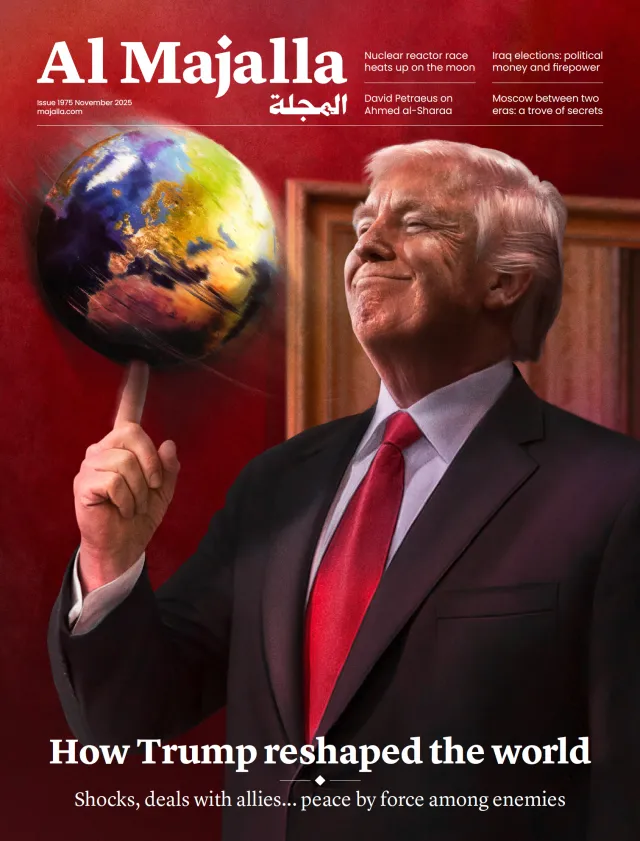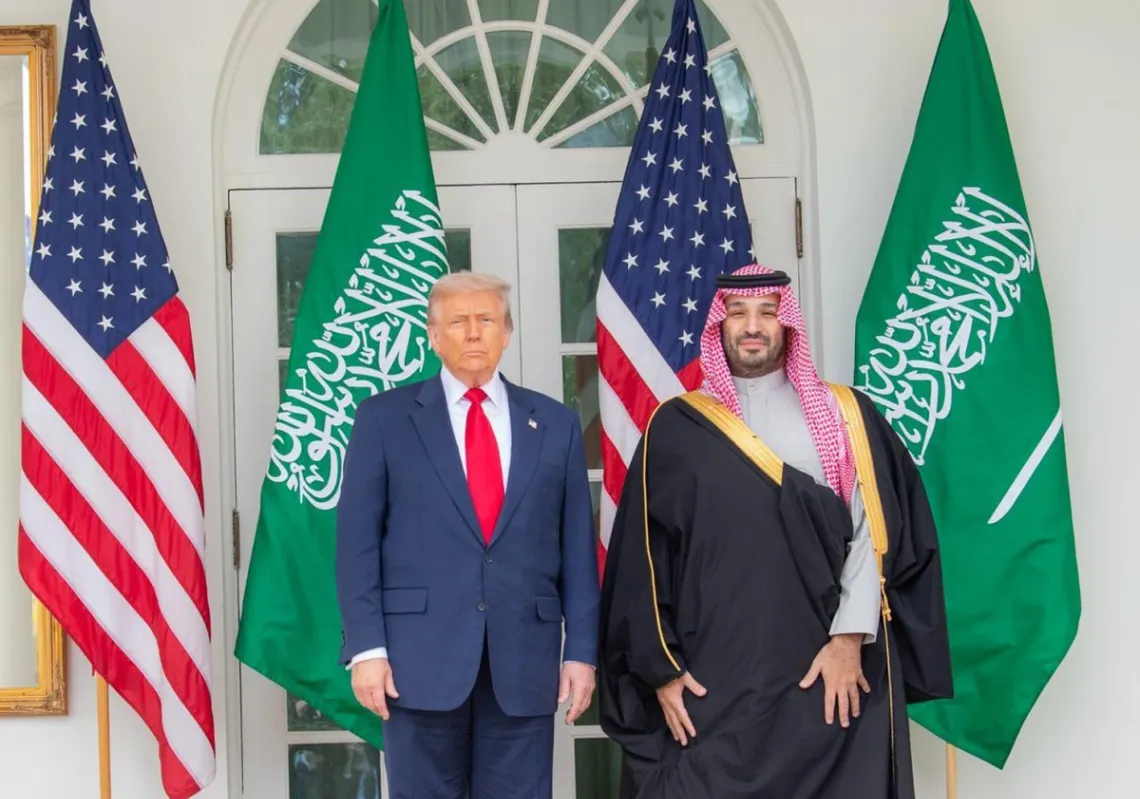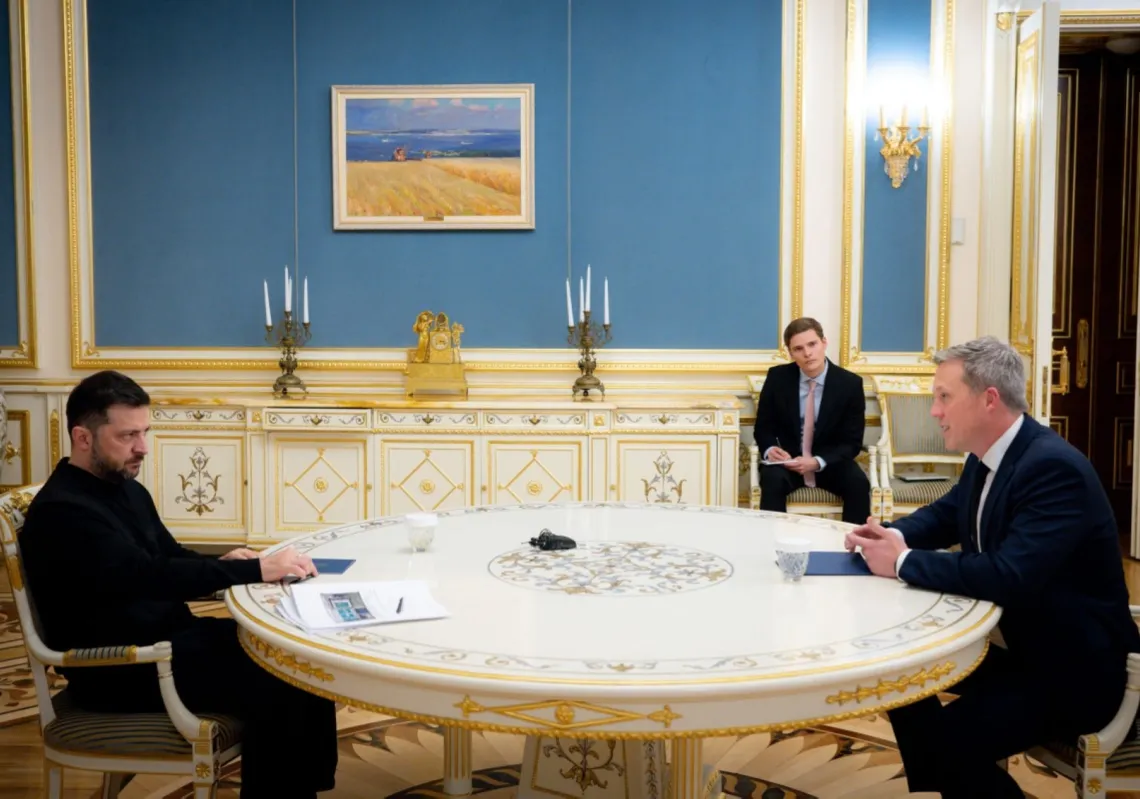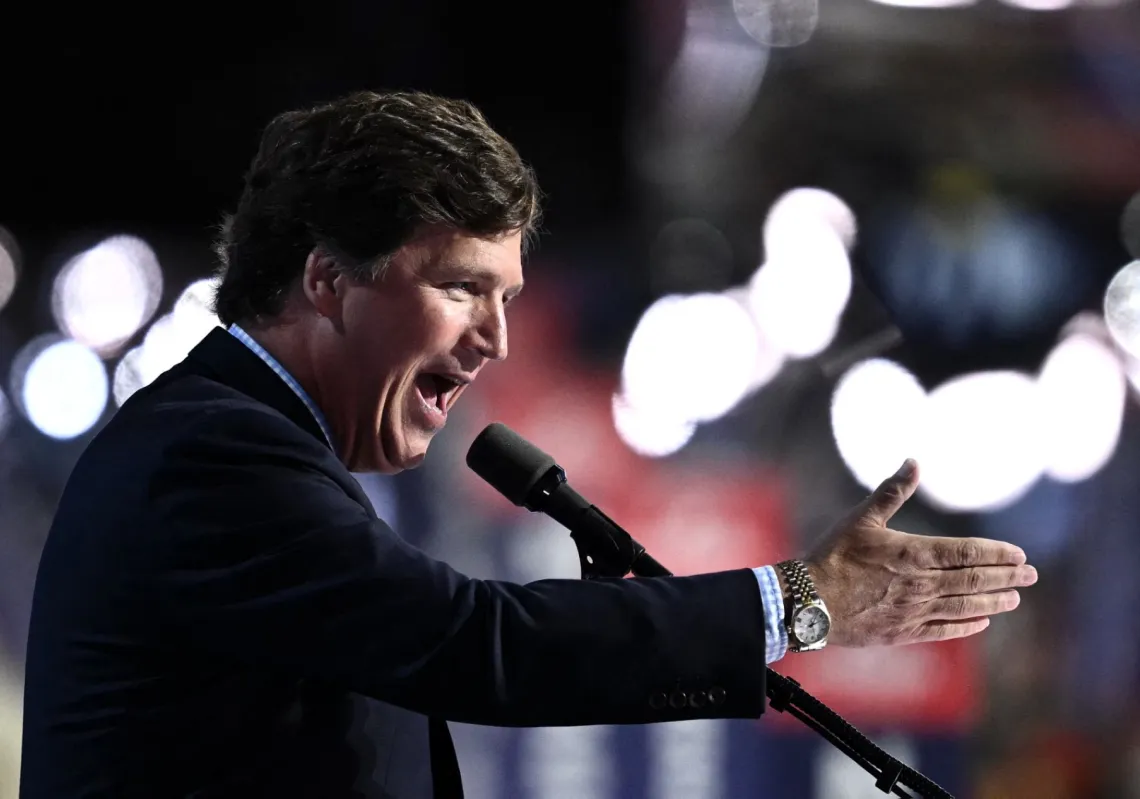For almost a century, security turmoil, civil wars, terrorism, and cross-border conflicts have been some of the constant features of the Middle East region. However, in the past decade, the individual and collective strategic responses of the regional leaders of chief states have radically changed to influence the outcomes of the conflicts happening inside their region or in the neighboring countries of the eastern Mediterranean and sub-Saharan Africa. In the past three years, Arab interventions in political and armed conflicts in Libya, Yemen, the Mediterranean, and Ethiopia have noticeably contributed to shaping their outcomes.
One major characteristic of the new response strategy adopted by Middle East defense policymakers is the substantial investment in upgrading their national military apparatus with state-of-art combat technologies and advanced artillery. In addition, some of the Middle East countries started to invest in improving their indigenous defense industries, either through establishing their own production lines or by forming industrial partnerships with proficient arms manufacturers from different places in the world. The changing trends in Middle East countries’ regional and individual defense policies are implicitly altering the priorities of defense industry giants.

Incentives for Change
The evolving trends of the defense policy of Middle East countries are the natural result of the security and political chaos that overwhelmed the region in the aftermath of the Arab Spring. The angry waves of popular revolutions that swept the Middle East region from Tunisia to Syria in 2010-2011 created a security vacuum that got swiftly and cunningly exploited by Iran to infiltrate into the security structures of countries with critical geo-strategic locations around the Arabian Peninsula.
In a matter of three years, Iran re-empowered its sponsored militia in Yemen and equipped them with drones to attack civilian homes and economically critical facilities in Saudi Arabia and other Gulf countries, which had to shoulder the burden of leading the trembling region during the forced absence of Egypt and Syria at that time. This marked a shift in the type of security threats facing the Arab countries, from traditional state-controlled militaries of enemy states to irregular uncontrollable state-sponsored militia.
In parallel, drastic changes in the political leadership of key Middle East countries with established military cultures had to happen. Some of these changes were forced by the popular revolutions, as was the case in Egypt, while other leadership changes happened voluntarily, as was the case in several Gulf countries. Interestingly, most of the new regional leaders who ascended to the top of the political power structure in the post-Arab-Spring era, had a military background, either as serving personnel or commanders. The most prominent names include Egypt’s President Abdel Fattah El-Sisi, UAE’s President Mohammed Bin Zayed, and Saudi Arabia’s Crown Prince, Mohammed Bin Salman. Unlike their predecessors, they adopted fresh visions for domestic and regional defense policies that were appropriately translated into modernizing their militaries and exploring new opportunities for military cooperation on both regional and international stages.
One manifestation of this new vision was forming the Arab Coalition Forces (ACF) under the leadership of Saudi Arabia in 2015 in order to deal with the growing threat of the Iran-sponsored Houthis militia in northern Yemen. Ten Arab countries from North Africa and the Gulf joined ACF as soon as the Arab League approved it. The news was celebrated in the region as the beginning of a new era of Arab solidarity. The White House, under the leadership of former President Obama, congratulated and endorsed the ACF by publicly offering to provide logistical and intelligence support to facilitate the Saudi-led military mission in Yemen. However, in the following years, the ACF lost momentum as regional diplomatic disputes led to the withdrawal or exclusion of some of its member states.

The ACF is not the first form of pan-Arab military cooperation. In 1962, Egypt’s then-President Gamal Abdel Nasser called for forming the Unified Arab Military Command (UAC) to fight against Israel. Jordan and Syria were the only two countries that joined the military command under Egypt’s leadership before it had gotten painfully defeated by Israel and its western allies in the Six-Day War of 1967.
Recently, King Abdullah II of Jordan proposed the establishment of an Arab military coalition, similar to NATO, in the sense that it is not tied to a specific goal or time-bound agenda. Several Arab leaders applauded the idea, although realistically it seems undoable in the foreseeable future due to the existing gap between the military capabilities of Arab countries, in terms of the number and skills of trained personnel and the level of armament, in addition to unresolved or recurring diplomatic rivalry and disagreements.
Arms Procurement
Feasibly, the best outcome of Arabs joining forces in the ACF is that it gave the new regional leaders an insight into the weak points in the performance of their national militaries. Most of the personnel who participated in the ACF’s Operation Decisive Storm in Yemen in 2015 had not engaged in actual field combat for decades. Some of them were fighting their first war. Besides, the heavy arms and outdated equipment used by the Arab forces were shocking, especially compared to the modern Unmanned Aerial Vehicles (UAVs) that Iran gave to the Houthis. That was an awakening alarm to the new regional leaders. They realized the necessity of upgrading their military systems from defensive troops to offensive armies capable of deterring traditional and non-traditional enemies. The upgrade process did not only focus on equipment upgrading but also had to deal with personnel training.
As a result, the period between 2014 and 2020 marked a spike in military spending by most Arab states, especially Egypt and Gulf countries, for increasing personnel capacity and arms procurement. According to the World Bank database, the military expenditure by Arab countries between 2009 and 2020 totaled 1,420 billion dollars. The year 2014 marked the highest ever military spending in Middle East history with a total of 182.79 billion dollars compared, for example, to 61.16 billion in 2004 and 141.42 billion in 2020.
According to the Military Balance report, published by the International Institute for Strategic Studies (IISS) in 2016, the member states of the ACF hit the highest military spending between 2011 and 2015. During that period, Saudi Arabia’s arms imports increased by 27%, UAE imports by 18%, and Egypt’s imports by 37%.
At least since the 1960s, the Middle East region has been the biggest and most lucrative market for arms exporters on both ends of the bipolar world system. Yet, the emerging trend of intense Arab arms trading is also used as a form of military diplomacy to enhance ties with old allies and create new bonds with new friends. Arab Gulf militaries' participation in joint military exercises with Mediterranean and European countries in the past two years is a demonstrative case of that trend.
Diversifying Sources of Armament
Another attention-grabbing trend in Arab countries’ revitalized defense policy is the commitment of regional militaries to diversifying their sources of armament. Part of that has to do with the emergence of new exporters, such as China, Japan, and Turkey, which offer arms trade deals that are more convenient to Arab importers, in terms of price and delivery, compared to the political and diplomatic hassle that usually accompanies the process of purchasing from Russia or the United States.
In that regard, the most interesting case is that of Egypt. For the past four decades, Egypt depended almost exclusively on the United States for armament. Egypt receives an annual military aid package of 1.3 billion dollars from the United States since 1979, per the provisions of the Egypt-Israel Peace Accord. A few months after the removal of the Muslim Brotherhood regime from power in 2013, the Obama Administration decided to freeze the military aid to Egypt and thus put on hold its military procurement efforts. The freeze on the aid got partially lifted in 2015, then enforced again in 2016, then cleared in 2018 by former U.S. President Donald Trump.

But before he left office in 2020, Trump had decided to cut part of the aid provided to Egypt, claiming that Egypt uses the U.S. aid money to buy fighter jets from Russia. When the current U.S. President Biden took office in 2021, his administration threatened to cut 130 million dollars from the annual military aid to Egypt until the Egyptian state improves its performance on human rights issues.
This pattern has been repeatedly applied since the Mubarak era. However, Egypt’s current political leadership of President El-Sisi decided not to tolerate it anymore and focused on actively diversifying sources of armament for the Egyptian military. Today, Egypt’s military exporters and allies include Russia, China, Japan, Germany, France, and Italy. According to Stockholm International Peace Research Institute (SIPRI), Egypt occupied the third position among the world’s 25 top arms importers in 2019. Thanks to this diversification, Egypt has become the owner of the second largest air force in the Middle East, equipped with American F-16fighters, French Mirage-2000 and Rafale jets, Chinese J-7s fighters, and Chengdu Wing Loong UAVs. In addition, Egypt signed contracts worth two billion dollars in 2018 to buy the Russian Su-35 fighter jets that compete against the American F-35 fighters in the international market.
Nevertheless, Egypt was not the only Arab victim of American use of arms trade to apply political pressures. Saudi Arabia and the UAE confronted the same problem, but their reactions were even more surprising than Egypt’s. In his first week in office, U.S. President Biden decided to freeze the arms sales due to Saudi Arabia and UAE, per agreements worth tens of billions of dollars signed with the Trump administration. After long months of patience, the UAE decided to halt negotiations with the U.S. and to focus on closing an alternative deal with France. In December 2021, UAE and France signed a historic contract to purchase a record number of 80 Rafale fighter jets costing 19 billion dollars. This was the first time the UAE, or any Arab Gulf country, made such a deal with an arms exporter other than the United States. Only last month, the U.S. State Department finally decided to unfreeze the arms sales owing to Saudi Arabia and the UAE. That was too late.

Indigenous Defense Industry
Localization of defense industries to achieve self-sufficiency of armament needs has been a goal sought after by militarily active countries in the Middle East. However, most of the individual states and collective pan-Arab attempts in that regard were barely sustained long enough, just like all the similar attempts to build an Arab unified military force.
The first joint Arab action to localize military industries was in 1994, when Egypt, Saudi Arabia, UAE, and Qatar jointly established the Arab Organization for Industrialization (AOI) in Cairo. At that time, ambitions rose to the sky about this organization’s becoming a hub for Arab arms production. However, in five years all the Arab shareholders withdrew and left the organization for the Egyptian Ministry of Defense to manage.
In 1949, under the leadership of King Abdul Aziz bin Abdul Rahman Al-Saud, Saudi Arabia was the first Arab country to host a military-industrial base. In the 1980s, the Kingdom established the Armored Vehicles and Heavy Equipment Factory to produce trucks and military vehicles for local consumers. However, the Saudi defense industry only started to boom in 2017, when Crown Prince Mohammed Bin Salman introduced his fresh vision to modernize his country’s military capabilities. In that year, the Saudi Arabian Military Industries (SAMI) company was established with funding from Saudi’s sovereign fund – the Public Investment Fund (PIF) – to localize 50% of Saudi military spending by 2030.
Earlier this month, Saudi’s General Authority for Military Industries announced the successful launch of its new production line at SAMI Composites company. SAMI Composites is a Saudi project in partnership with the American Lockheed Martin, which is famous for manufacturing the F-35 fighter jets, that works on locally manufacturing aircraft structures from compound composites. This partnership may qualify Saudi Arabia to build its aerospace factory in the future.
Egypt is the second country in the line of top Arab countries aspiring to level up their indigenous military industries. Egypt took longer in its steps toward achieving that goal compared to other Arab countries. However, the progress achieved after the ascendance of President El-Sisi to power in 2014 is impressive.
In the mid-1950s, Egypt started manufacturing light weapons, such as the semi-automatic rifles Hakim and Rasheed, designed and licensed by Sweden and Russia, respectively. Due to Egypt’s engagement in several wars during the 1960s and 1970s against Israel and its backing superpowers, the local defense industry project took a back seat. Meanwhile, the Egyptian military had to reach out to Russia for arms procurement and soldier training.

With the beginning of the flow of U.S. military aid to Egypt in the 1980s, after signing the Peace Accord with Israel, the military institution started to enjoy economic independence and, thus, increased its spending on building factories for arms production. Over the years, Egypt produced armored vehicles and rifles and refurbished imported equipment, ranging from fighter jets to warships and submarines, through three main entities: the Arab Organization for Industrialization (AOI); Marine Industry & Services Organization; and, the Ministry of Military Production.
In 2015, the new Egyptian leadership convened agreements with European naval equipment manufacturers in Italy, Germany, and France to localize building the warships they import to Egypt. This contributed to re-introducing Egypt to the world as a proficient trustworthy defense equipment manufacturer and enhanced the military capabilities of the Egyptian navy. In the five years between 2015 and 2020 the Egyptian naval forces miraculously went from barely surviving on worn out equipment to thriving as one of the top ten navy fleets in the world, according to the Global Firepower 2021 ranking.
In tandem, the Egyptian state decided to exert greater effort in marketing its locally manufactured equipment to Arab and African militaries. In the past five years, Egypt started to export its benchmark armored vehicles Temsah, ST-100, and ST-500 to several Arab and African countries. In 2017, the Egyptian State dedicated an annual budget of 7 billion EGP to renovate military factories supervised by the aforementioned three entities.
Nonetheless, the non-Arab countries of the Middle East, such as Turkey, seem to be more determined and successful in achieving the goal of localizing their military industries. There are many geopolitical reasons to explain their persistence and success, but the most obvious reason is their declining trust in the United States as an arms exporter. A few months ago, the Turkish Minister of Defense announced that his country succeeded in satisfying 80% of its military needs through indigenous manufacturing. Indeed, Turkey is already exporting its benchmark T-129 ATAK helicopters and Bayraktar TB2 and TB3 UAVs to several countries in Europe and Africa.
Earlier this month, the UAE signed a contract worth 10 billion dollars to purchase 120 pieces of the Turkish Byraktar drones, plus other ammunition worth two billion dollars.

Note for the Future
The obvious leverage in the military capabilities of most Arab countries in the past few years is the manifestation of the personal visions of the current regional leaders. However, it is rarely shared or appropriately understood by ordinary citizens. To guarantee the sustainability of these defense policies, which have proven successful so far, the chief states of the region need to work with local experts and foreign allies on framing complementary individual and collective visions for the future of arms procurement, defense industrialization, and personnel capacity building, within the context of countering existing and prospective security threats.
On the collective level, the gap in manpower and investment capabilities between the Arab militaries should not be seen as a barrier hindering their cooperation. Instead, Arab leaders should look for ways to utilize this diversity to complement each other’s points of weakness. In that regard, although former pan-Arab military cooperation endeavors did not last long enough, there is a realistic hope that they may work this time. That is mainly because most of the current leaders have hands-on military expertise and share almost identical visions for upgrading their national military systems.












